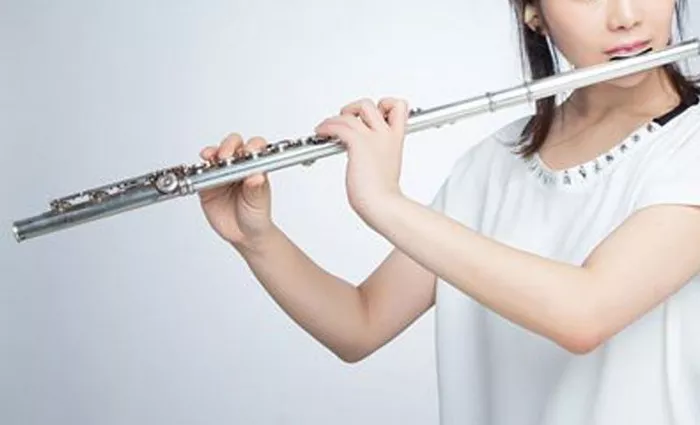The Native American flute, a captivating instrument with deep cultural roots, has garnered widespread popularity for its soulful melodies and meditative tones. As enthusiasts and musicians embark on their journey to explore the world of Native American flutes, the question often arises: What is the best Native American flute? In this article, we will delve into the intricacies of choosing the right flute, considering various factors that contribute to the instrument’s quality and suitability for individual preferences.
Understanding Native American Flutes:
Native American flutes have a rich history, deeply intertwined with the indigenous cultures of North America. Traditionally crafted by Native American artisans, these flutes are known for their distinctive design, typically featuring a simple construction with a block or fetish, finger holes, and a resonant chamber. Modern Native American flutes, while maintaining cultural authenticity, also exhibit a range of styles, materials, and tunings.
The Role of Materials:
When considering the best Native American flute, the choice of materials plays a crucial role. Traditional Native American flutes were crafted from materials readily available in the local environment, such as cedar, walnut, and river cane. Contemporary flute makers, while preserving tradition, also utilize a diverse array of materials, including exotic hardwoods and synthetic materials. The material not only affects the instrument’s aesthetics but also influences its tonal qualities, durability, and responsiveness.
Wooden Flutes:
Wooden flutes, crafted from various hardwoods, are prized for their warm and resonant tones. Each wood type imparts unique characteristics to the sound, influencing factors such as brightness, warmth, and sustain. Popular choices include cedar for its mellowness, walnut for its rich tones, and exotic hardwoods like cocobolo for their striking visual appeal and unique sonic properties. Aspiring flute players often find that the material of the flute resonates with their personal preferences and playing style.
Contemporary Materials:
In addition to traditional woods, contemporary Native American flutes may be crafted from materials such as acrylic, PVC, or other synthetic materials. These materials offer durability, consistency, and affordability. While some enthusiasts prefer the organic feel of wooden flutes, others appreciate the modern options for their low maintenance and resistance to environmental changes.
Tuning and Scale:
The tuning and scale of a Native American flute significantly impact its playability and versatility. Flutes are commonly tuned to pentatonic scales, reflecting the melodic traditions of Native American music. The choice between a minor or major pentatonic scale influences the emotional character of the instrument. The best Native American flute for an individual depends on the player’s musical preferences and the genres they intend to explore, be it traditional Native American music, contemporary genres, or meditative practices.
Craftsmanship and Artistry:
Craftsmanship is a defining factor when determining the quality of a Native American flute. Skilled flute makers invest time, care, and expertise into the creation of each instrument. The precision of the finger holes, the placement of the block or fetish, and the overall aesthetic appeal contribute to the flute’s playability and visual allure. Aspiring players should consider flutes crafted by experienced artisans who uphold the cultural integrity and authenticity of the instrument.
Consideration of Key and Size:
The key and size of a Native American flute influence its pitch and playability. Common keys for Native American flutes include A, G, F#, and E, each offering a distinct tonal range. The size of the flute, ranging from high-tone sopranos to deeper bass flutes, affects its portability and the depth of its sound. Players often select a key and size based on their musical preferences and the range that best complements their voice or other instruments in an ensemble.
Exploring Brands and Makers:
As the popularity of Native American flutes grows, numerous brands and individual makers contribute to the market. Exploring reputable brands and makers with positive reviews and a commitment to quality ensures that enthusiasts invest in a flute that meets their expectations. Many skilled flute makers offer customization options, allowing players to tailor the instrument to their specific preferences.
Personal Connection and Playing Experience:
Ultimately, the best Native American flute is one that resonates with the player on a personal level. Musicians often describe a sense of connection and affinity with a particular flute, attributing it to the instrument’s unique voice and responsiveness. To determine the best flute, aspiring players are encouraged to try different instruments, attend workshops, and seek guidance from experienced players to enhance their playing experience.
See Also: What Do You Call Flute Player: A Comprehensive Guide
Conclusion:
In conclusion, navigating the world of Native American flutes involves a thoughtful consideration of materials, tuning, craftsmanship, and personal preferences. The best Native American flute is subjective, as it depends on the unique tastes and playing styles of individual musicians. Whether one is drawn to the warm tones of wooden flutes or the modern versatility of synthetic materials, the journey to find the perfect Native American flute is a personal and rewarding exploration of cultural heritage and musical expression.


